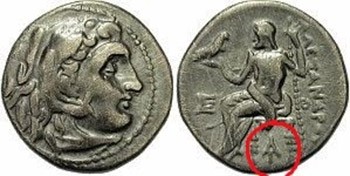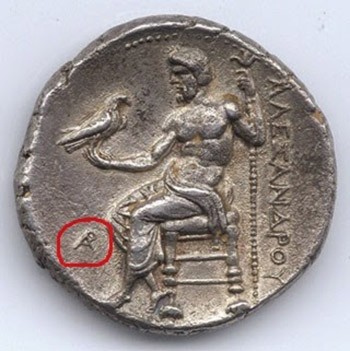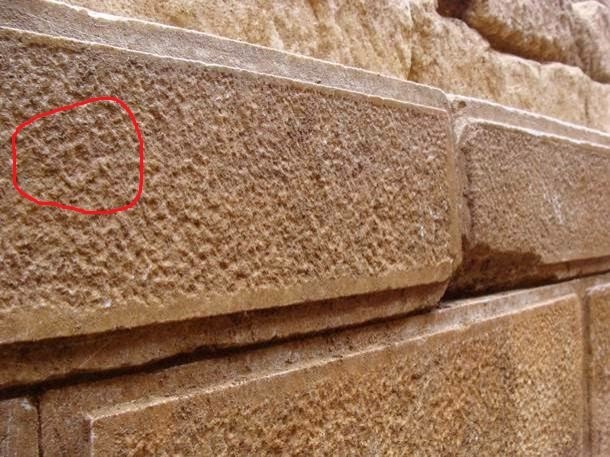In an article posted today by US archaeologist and historian Dorothy King on her personal blog “Dorothy King’s PhDiva,” the famous blogger explores the meaning of the “A” marks fount at the Casta tomb at Amphipolis.
The archaeologist, who has been following the exciting story of Amphipolis from the very start, commenting on the finds and the announcements by the Culture Ministry, presents her own theory regarding the marks that appear on the monument.
“The marks I noticed were there, and not just like seeing things in clouds. Ms. Medoni confirmed that the marks were made by masons not by accident, and that obviously the archaeologists were aware of them,” says Ms. King, noting that there is a difference between marks made by masons and ‘mason’s marks’.
Although a number of Greek buildings have letters on them called “mason’s marks” that term is controversial among academics, the archaeologist underlines and presents a series of theories regarding their meaning.
Were they guides for the builders to put the blocks in the right place? Where the signatures? The first theory seems possible, although most buildings were finished in situ. As for the second theory, Ms. King says that it seems highly imaginative rather than likely.
“The most creative recent idea by a team of American scholars is that they were musical notes and that tholoi were designed to play music in,” she writes, commenting however that this theory is little too creative for her liking.
According to the historian, “mason’s marks” used in different areas of a monument are more likely to vary: eg Alpha, Beta, Gamma, Delta etc. However, all the letters she has spotted in the photographs of Amphipolis seem to be Alphas or variations on Alphas.
This leads Dorothy King to the conclusion that the letters are more likely a monogram.
“Although monograms on blocks are less common, there are very similar ones of Antigonus at Troy, and as I have noted before, the temple they are on was the one Alexander the Great requested in his will,” she writes, presenting photographs of coins of Alexander the Great showing one of the monograms he used, to highlight the similarities.






































